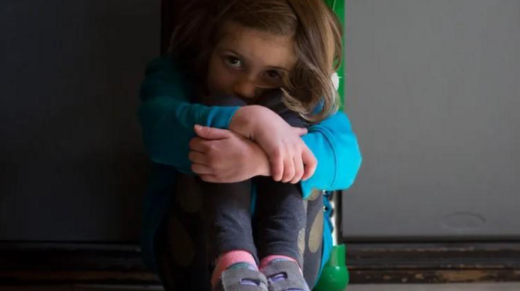The Effect of Comparison on Children
In the difficult journey that is parenting, one of the most effective means through which one can nurture a healthy self-esteem in their children, is to steer away from comparison with others. Having been a child myself, and now in the field I am in, ...





